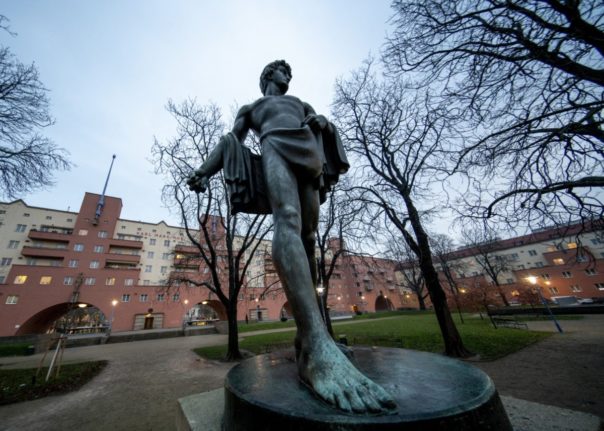Looking to buy property in Spain? Already a homeowner here? Well, you may have heard something about rising interest rates recently.
Or perhaps changes to the terms of your mortgage. Or the Euribor – but what is it, and what’s going on?
What is Euribor?
In Spain, Euribor is the interest rate most often used to work out mortgage payments and to calculate both variable and fixed rates.
It is anchored to the interest rate set by the European Central Bank, and, as we are now seeing, quite responsive to global economic events.
It’s the interest rate that banks in the Euro Zone use to lend to each other, so when the base rate goes up, the Euribor does too, which sends mortgage interest rates across the Eurozone rising.
Rising rates
Most Spanish mortgages with variable rates normally vary based on a variety of factors, but this number has been rising and in May 2022 saw figures of 0.240 percent (Tuesday May 17th), well above the average.
The rises throughout May are leading many in Spain, and indeed across Europe, to wonder how high their mortgage rates can go, and when the rises will stop.
Banco de España has estimated that the increases could range from anything between €35 a month to an additional €400. Bankinter predicts the Euribor rate will finish the year at a staggering 0.40 percent, but, more encouragingly, Caixabank’s prediction puts it at just 0.13 percent by the end of 2022.
On Euribor.com.es, a website that tracks the index on a daily basis, they suggest that the market consensus predicts the Euribor will finish at around 0.3 percent at the end of the year, but could reach as high 0.8 percent in 2023.
All of them agree, and most other economic indicators suggest, that whatever the figure at the end of the year, it will remain positive, so it seems almost certain that mortgages will continue to rise throughout 2022 at the very least.
This instability, in addition to global inflation and supply chain problems, could mean that mortgage rates will be affected at least until 2023, with some predictors even signposting 2024 as the possible end of a rise in mortgage prices.
With things uncertain in the mortgage industry, and the world economy more broadly, perhaps you’re thinking of ways to try and insulate yourself from the climbing interest rates.
How to protect yourself from the rising rates
One way to weather the storm of interest rate increases is to change your mortgage from a variable to a fixed rate, either by negotiating with the your bank or by changing bank altogether – a process known as subrogation.
According to data from MyInvestor, during March and April the number of subrogations has started to rise.
Subrogation basically means switching the mortgage from one bank to another to change its interest rate. Although it does involve certain charges in order to do so – you pay the valuation of your house, which normally costs a few hundred euros, and a fee charged to the bank you are leaving, which can cost up to 2 percent of the outstanding amount – it could, and probably would, work out cheaper than paying the hiked interests rates over time.
You could also try and take out a new mortgage with another bank and use the borrowed money to settle the loan. This is, of course, a more expensive option as you have to pay the appraisal, the commission for early repayment of the current credit (again, up to 2 percent of the outstanding amount) and the expenses associated with its cancellation of registration, which normally runs to around €1,000.
READ ALSO: Spanish mortgages – Ten things foreigners should know before getting one



 Please whitelist us to continue reading.
Please whitelist us to continue reading.
Member comments